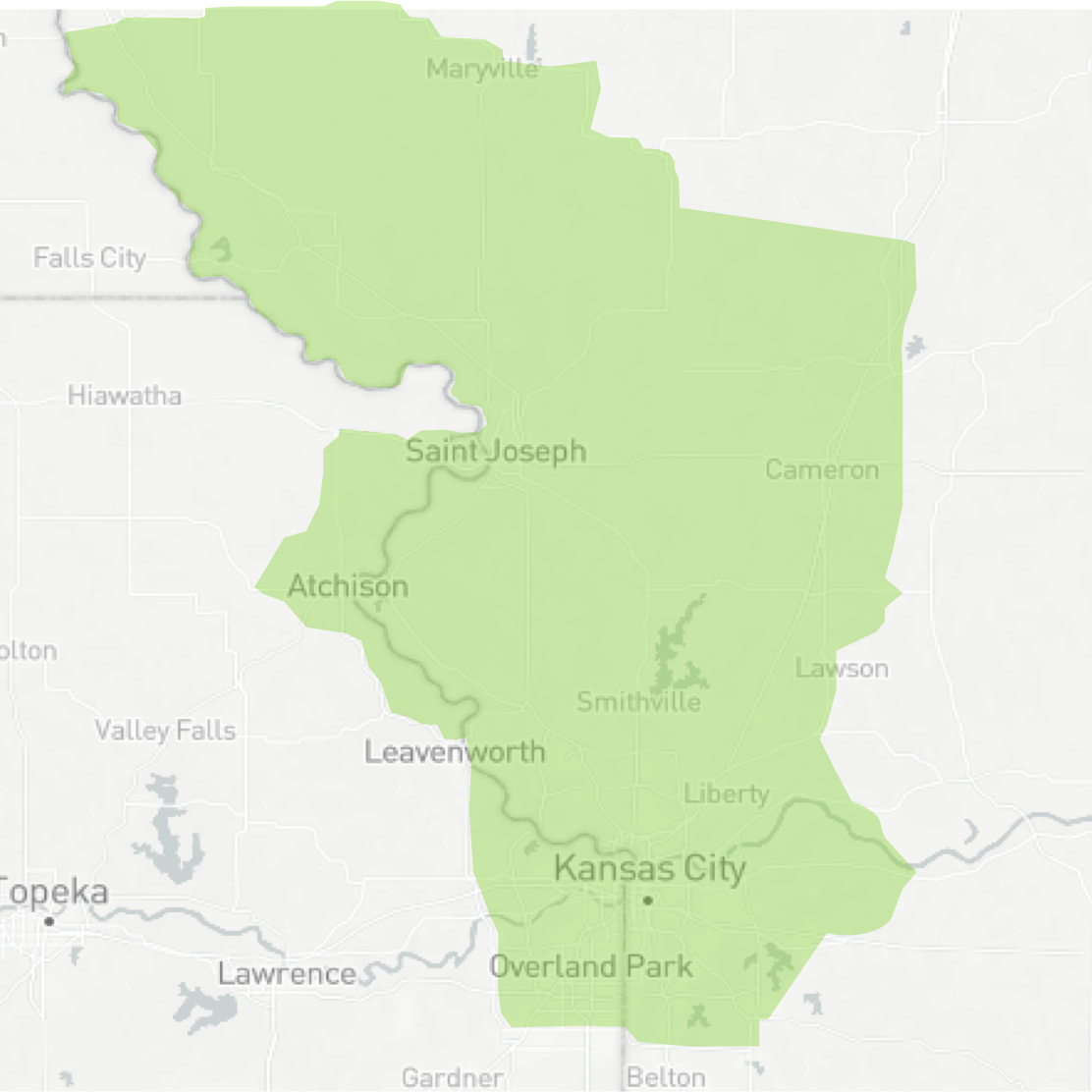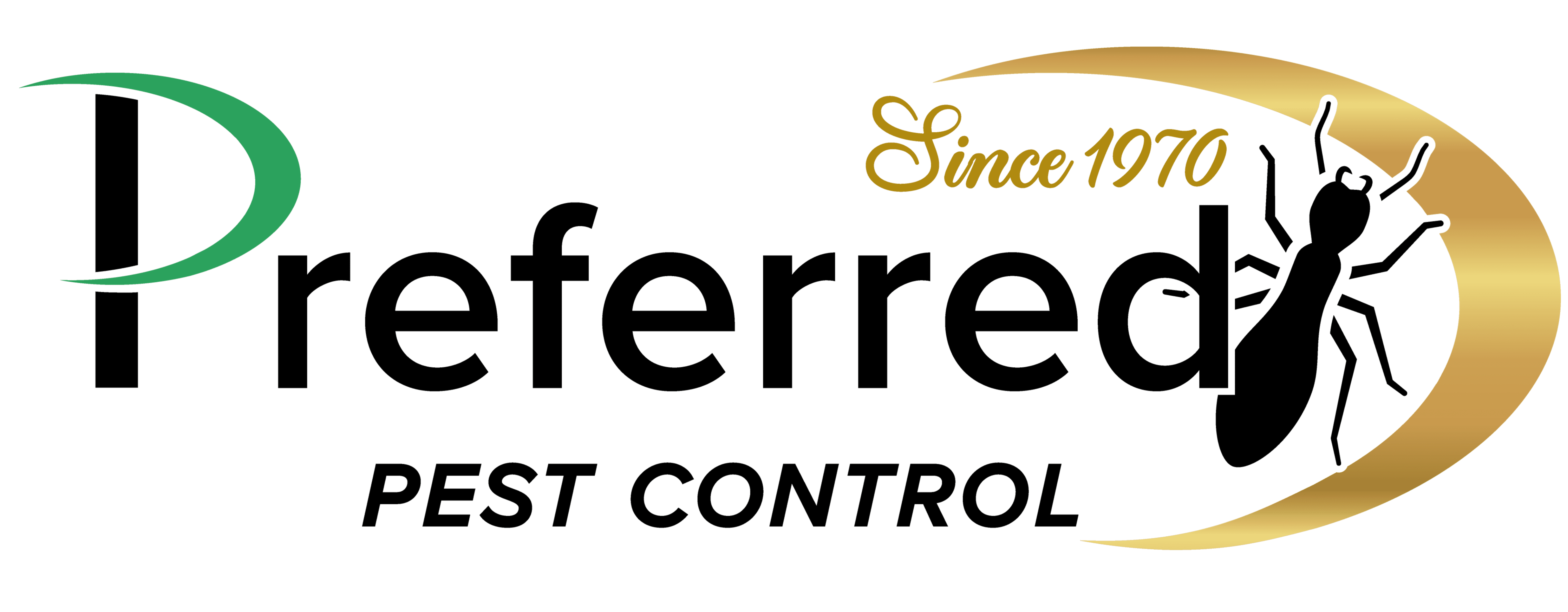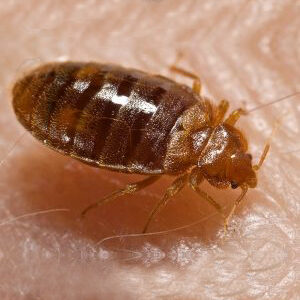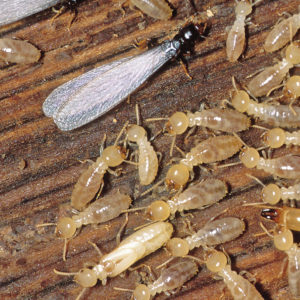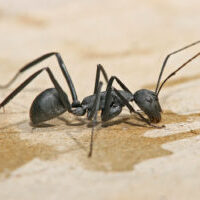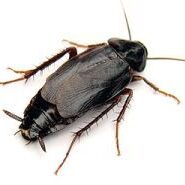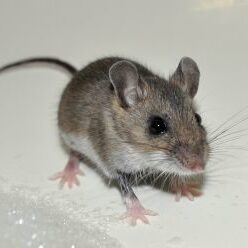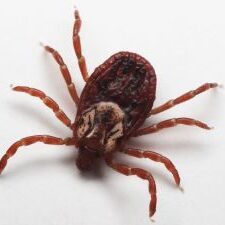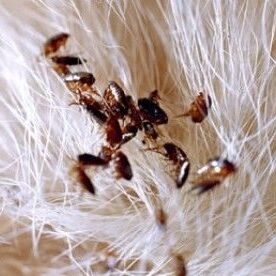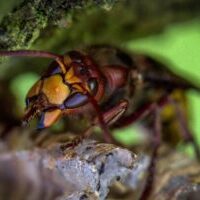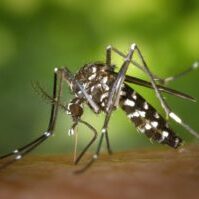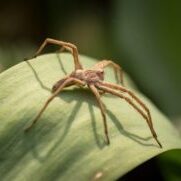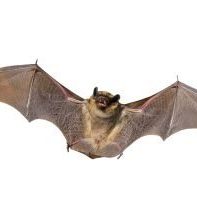
BATS
Bats are mammals of the order Chiroptera (meaning “hand wing”) as their forelimbs form webbed wings, making them the only mammals naturally capable of true and sustained flight. Bats are divided into two suborders: Megachiroptera, the large bats, and Microchiroptera, the small bats.
There are about 1,240 bat species divided into two suborders: the less specialized and largely fruit-eating “mega bats”, and the highly specialized and echolocating “micro bats” – about 70% of bat species are insectivores. A few species, such as the fish-eating bat, feed from animals other than insects, with the vampire bats being hematophagous (feeding on blood).
The smallest bat is the Kitti’s hog-nosed bat, measuring 1.14–1.34 inches in length, 5.9 inches across the wings. It is also arguably the smallest extant species of mammal, with only the Etruscan shrew being a contender. The largest species of bat is the giant golden-crowned flying fox with a weight up to 4 lb and wingspan up to 5 ft 7 inches.
Bats are present throughout most of the world, performing vital ecological roles of pollinating flowers and dispersing fruit seeds. Many tropical plant species depend entirely on bats for the distribution of their seeds. Bats are important, as they consume insect pests, reducing the need for pesticides.
The United States is home to an estimated 45 to 48 species of bats. The three most common species are the Little Brown bat, the Big Brown bat, and the Mexican free-tailed bat.
Bats are found in almost every habitat available on Earth. Their habitats have two basic requirements: roosts, where they spend the day or hibernate, and places for foraging. Bat roosts can be found in hollows, crevices, foliage, and even human-made structures. The best way to deter bats from roosting in human-made structures is proper exclusion.
Typical entry points on human-made structures are around vents, anywhere the trim meets the siding, where the roof bends over into the gutter, attic accesses, chimneys, and any other cracks or crevices big enough for a bat. Exclusions can be done by professionals with such materials as mesh screens, caulks, chimney caps, additional metal siding, or chemical deterrents.
EXPERTS IN PEST CONTROL SINCE 1970!
Enter your information or call
(816) 279-2000
By clicking “GET ESTIMATE” I authorize Preferred Pest Control to contact me at this number. I understand I am not required to make a purchase.
PREFERRED PEST CONTROL
At Preferred Pest Control & Home Inspections, we offer comprehensive indoor and outdoor pest extermination and treatment services to stop infestations at their source. Our qualified exterminators are equipped to inspect your home environment, identify the scope of the problem, and determine the best course of action to eliminate those unwanted pests.
And when you hire us, you’ll benefit from our:
-
Reasonable pest extermination rates.
-
Easy, convenient appointment scheduling.
-
Dedication to your safety and comfort.
If you think you might have a pest problem, don’t wait to get help. Call today for more information or to request an estimate.
As the leading pest extermination provider in NW Missouri and NE Kansas, we're equipped to handle any pest that may pop up and protect your property from future problems.
AREAS WE SERVICE
